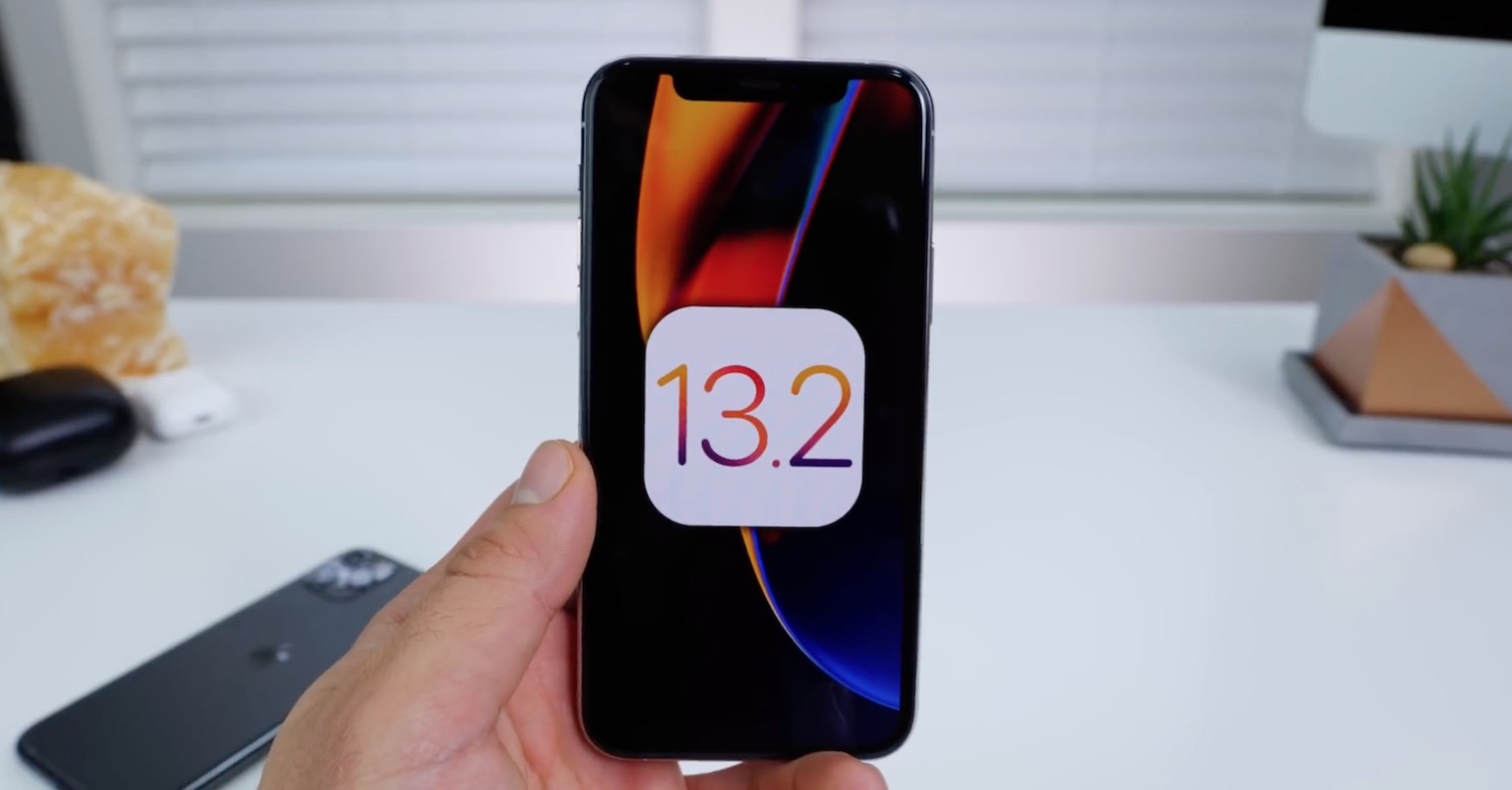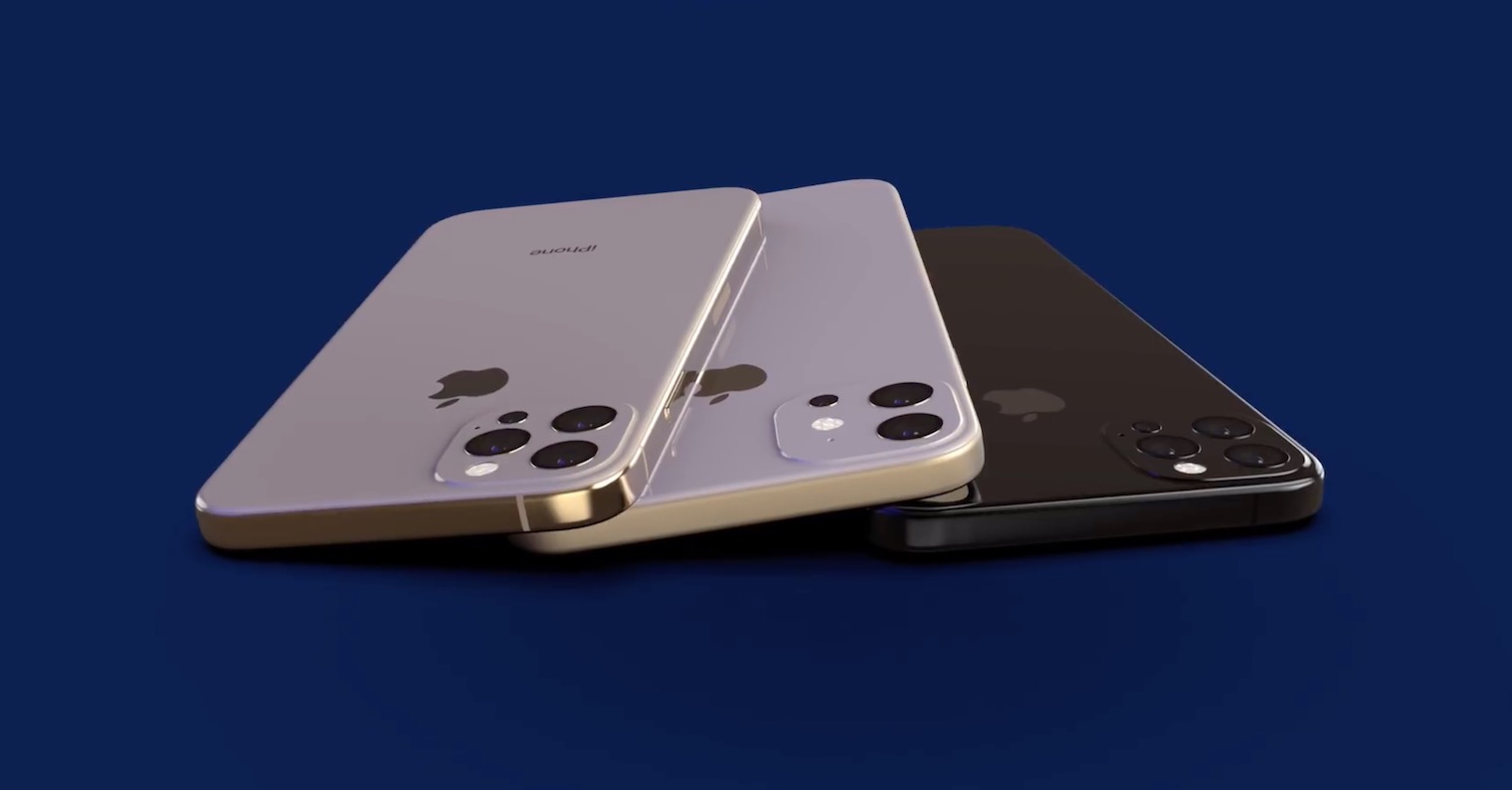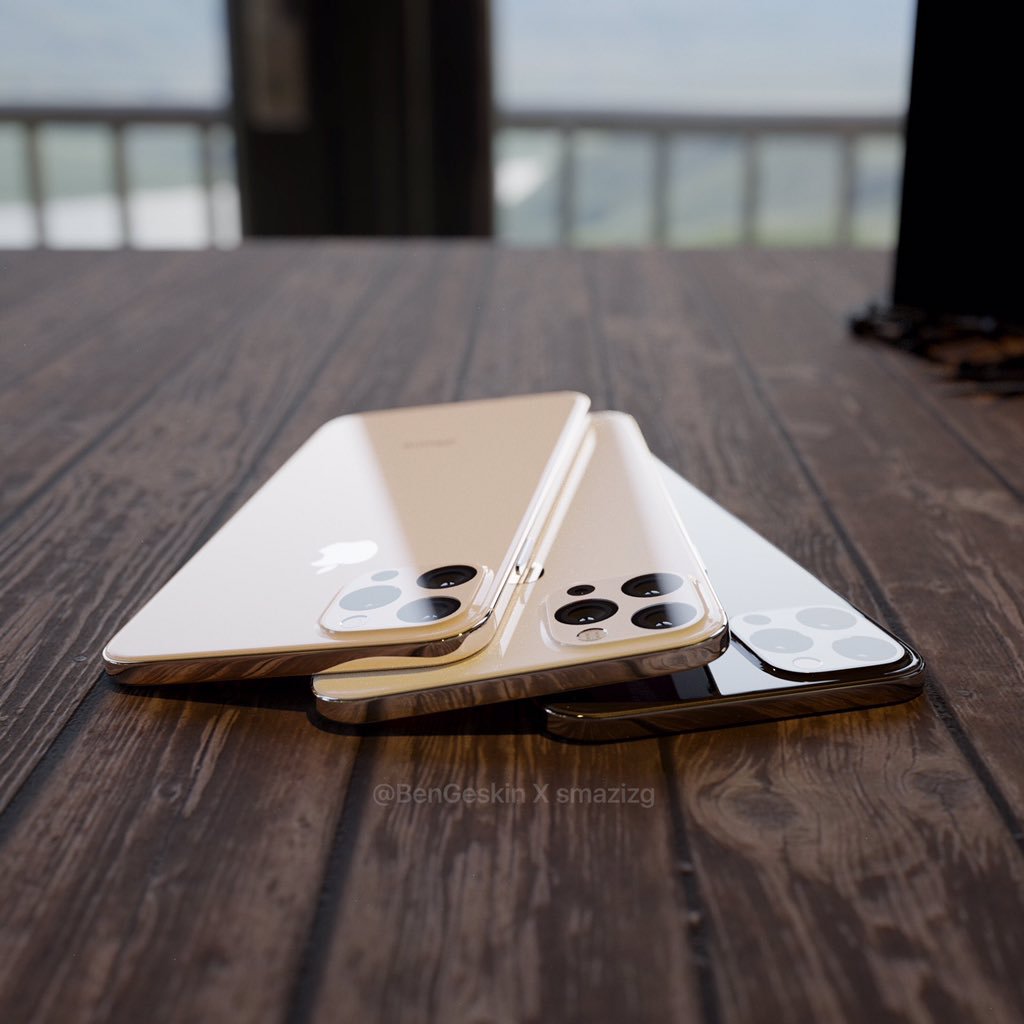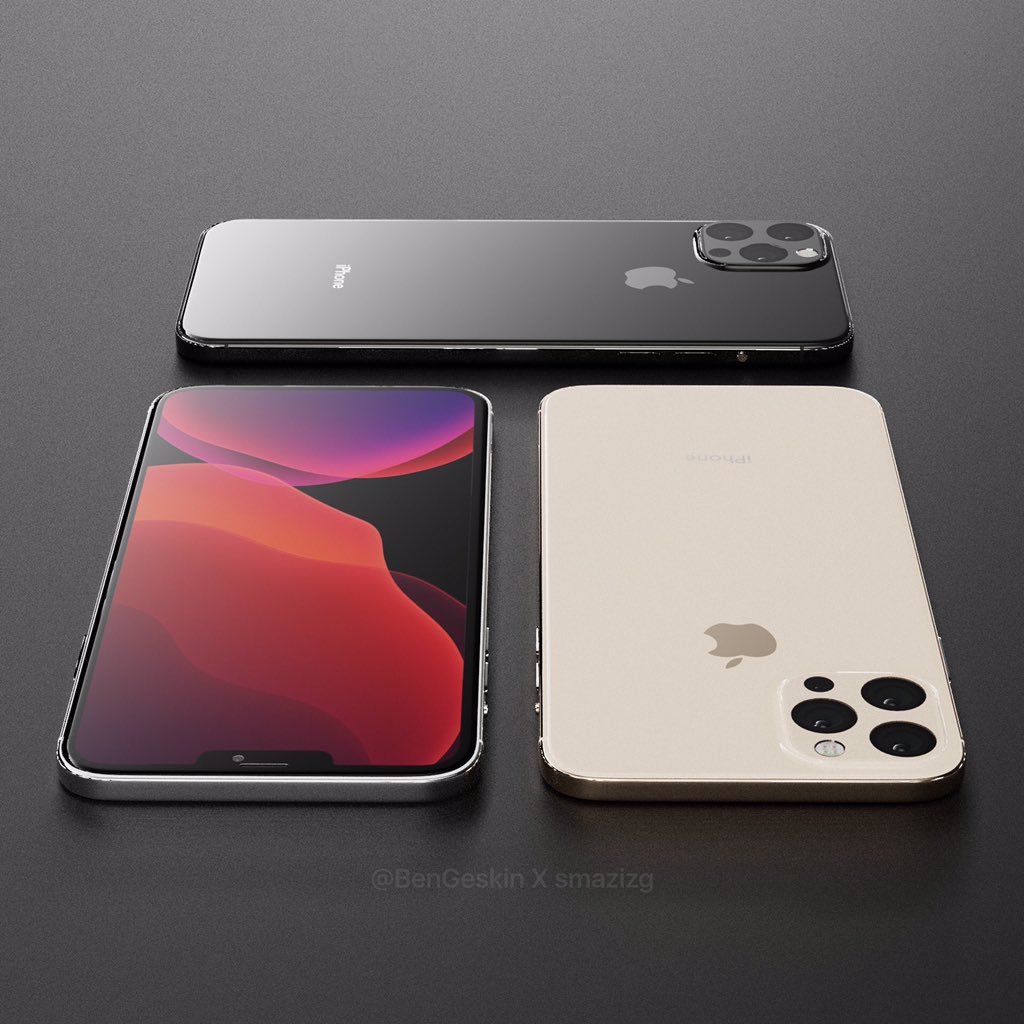Next year, Apple should arrive with iPhones that will support the long-awaited 5G standard, i.e. data networks of the 5th generation. Some manufacturers introduced models with 5G modems already this year, even though a usable 5G network is practically non-existent. However, with the advent of new technology comes a negative in the form of higher production costs. As expected, these will be reflected in the final prices, and after a year of stagnation (or even discounting for the iPhone 11), iPhone prices will most likely increase again.
It could be interest you

iPhones with 5G chips will be lightning fast (that is, at least in those places where users can reach the 5G signal). The tax for this speed will be the higher price of the iPhone as such, since the implementation of 5G modems requires additional accompanying hardware, which is currently more expensive than its previous, 4G-compatible variants. For some components, there is talk of a price increase of up to 35%.
In connection with the new hardware, it is expected that the area of the motherboard of the phone will increase by about 10%. The increase in production costs is directly linked to this, as both the larger surface area of the motherboard and other new elements (specific antennas and other hardware) cost something. Considering that the motherboard of the phone is one of its most expensive components, the expected increase in the selling price is logical. It is completely indisputable that Apple will not let its iPhone margins decrease just to please customers.

The increase in the area of the motherboard also has another reason, which is better heat dissipation. Components for 5G technology produce more thermal energy that needs to be dissipated away from its source. Increasing the cooling area will help, but the question remains at what cost will it ultimately be. The space inside the phone's chassis is limited after all, and if it is added somewhere, it must naturally be removed elsewhere. We can only hope the batteries don't take it away.
In addition to the above, the new iPhones should also come with a completely redesigned design, which should be based on the use of new materials and changed manufacturing processes. The cost of manufacturing the phone's chassis is also expected to rise. However, it is impossible to estimate how many % it will be in the end. There is talk that the next iPhones should partially return to the form of the iPhone 4 and 4S in terms of design.
After three years of "stagnation", a truly "revolutionary" iPhone, full of novelties and with a new design, will most likely arrive in a year. Along with that, however, Apple is likely to once again push the envelope of how much its flagships sell for.
What could the "iPhone 12" look like?
Source: Appleinsider














Great news. Are you already washing your hands in Alza???